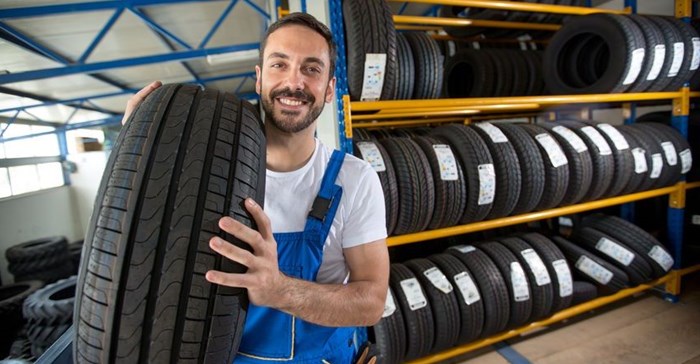
Top stories


Marketing & MediaCammy Msimango on finding her footing in South Africa’s fast-moving digital newsroom
Esther Tomorrow, MDNTV 20 hours




More news




When to replace tyres
Most people rely on a tyre's tread depth to determine its condition but the rubber compounds in a tyre deteriorate over time, regardless of the condition of the tread. An old tyre can be just as hazardous as a tyre with worn tread.
For some people, old tyres might never be an issue. If you drive over 19,000 kilometres annually, the tread will wear out in three to four years, long before the rubber compound does. But if you drive less than that, or have a vehicle that you only drive on weekends, for example, ageing tyres can become an issue.
The age warning also applies to spare tyres and ‘new’ tyres that have never been used but are old.
As with all products made using rubber, tyres will deteriorate with age, whether they are in use or not. Cracks in the rubber will begin to develop over time. They will appear on the surface and inside the tyre. This cracking can eventually cause the steel belts in the tread to separate from the rest of the tyre. Improper maintenance and heat accelerate the process.
While car, tyre and rubber manufacturers differ in their opinions about the lifespan of a tire, the DOT-code on the inside of the tyre provides information on the production date. Tyres produced after 2000 have a four-digit DOT code instead of three. The first two digits indicate the production week and the second two are the year.
While some tyre manufacturers swear by the fact that tyres can last for ten years, it’s impossible to judge how long a tyre will last since factors such as heat, storage and conditions of use reduce the life of a tyre.
Our South African climate definitely contributes to the ageing of our tyres as exposure to sunlight, heat and especially coastal conditions are known for weathering rubber. It’s important to bear in mind that this principle also applies to spare tyres and tyres that are sitting in a garage or shop. Consider how a spare tyre lives its life.
If you own a truck, the spare may be mounted underneath the vehicle, exposed to the dirt and the elements. If your spare is kept in the boot, it's baking in a miniature oven all day.
While most spare tyres never see the light of day, if a tyre has been inflated and mounted on a wheel, it is technically in service even if it's never been used. A tyre that has not been mounted and is just sitting in a shop or garage will age more slowly than one that has been put into service on a car. But it ages nonetheless.
Fleet and car owners should avoid buying used tyres and they should check the date on all new tyres purchased. Just because a tyre looks new doesn’t mean it wasn’t manufactured years ago and has been left standing in a shop, ageing while it waits.
The safety hazards of driving on an old tyre should not be underestimated. Speak to your local workshop mechanic about the age and condition of your tyres. Don’t leave it until an accident happens...
